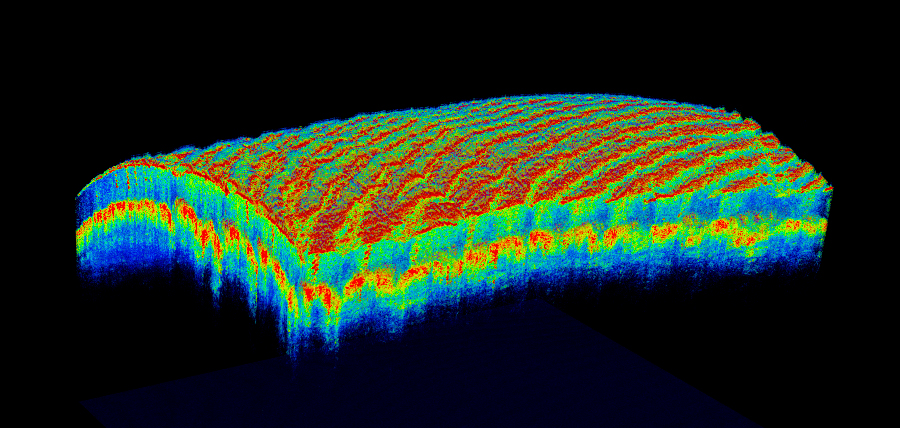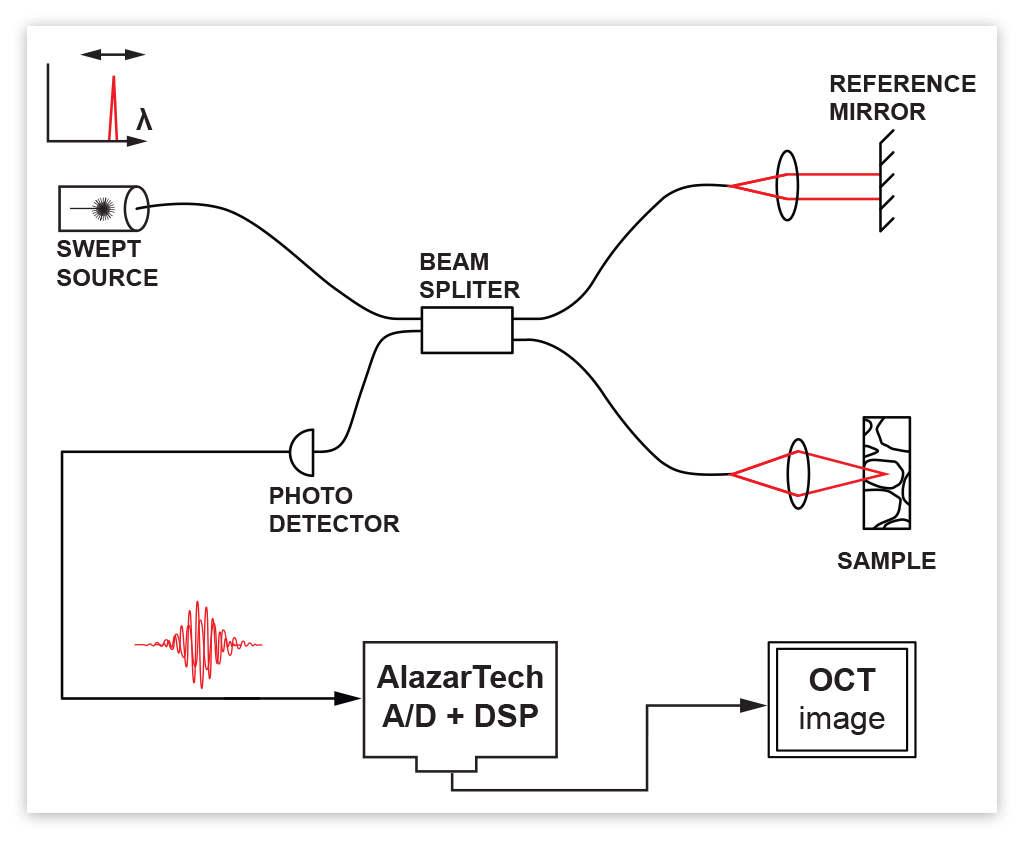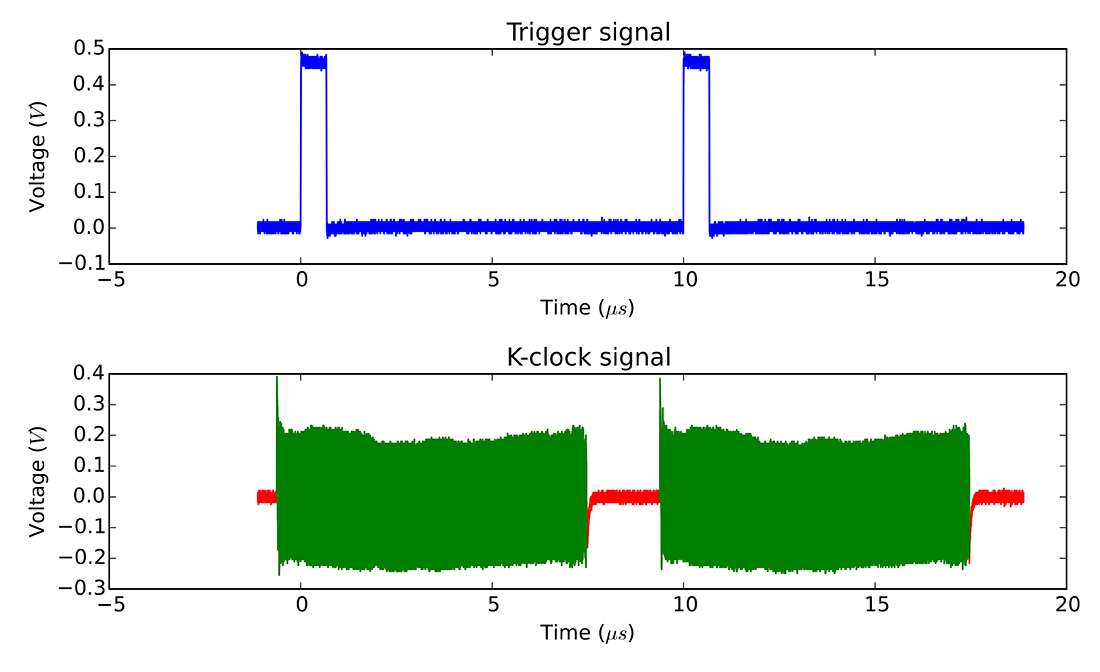PRODUCTS
We invite you to browse through our product portfolio and compare it against the competitors. We are sure you will agree with us that there is simply no comparison.
- PCI Express Digitizers
- ATS9373 - 12 bit, 4 GS/s
- ATS9360 - 12 bit, 1.8 GS/s
- ATS9364 - 12 bit, 1 GS/s
- ATS9371 - 12 bit, 1 GS/s
- ATS9872 - 8 bit, 1 GS/s
- ATS9352 - 12 bit, 500 MS/s
- ATS9353 - 12 bit, 500 MS/s
- ATS9628 - 16 bit, 250 MS/s DC
- ATS9462 - 16 bit, 180 MS/s
- ATS9428 - 14 bit, 250 MS/s, DC
- ATS9416 - 14 bit, 100 MS/s, 16ch
- ATS9442 - 14 bit, 125 MS/s, 4 ch
- ATS9440 - 14 bit, 125 MS/s, 4 ch
- ATS9146 - 14 bit, 125 MS/s, 2ch
- ATS9130 - 12 bit, 50 MS/s, 2ch
- ATS9120 - 12 bit, 20 MS/s, 2ch
- Thunderbolt 3 Digitizers
- Software
- Legacy Products
- ATS9870 - 8 bit, 1 GS/s
- ATS9350 - 12 bit, 500 MS/s
- ATS9351 - 12 bit, 500 MS/s
- ATS9625 - 16 bit, 250 MS/s, AC
- ATS9626 - 16 bit, 250 MS/s DC
- ATS660 - 16 bit, 125 MS/s
- ATS460 - 14 bit, 125 MS/s
- ATS330 - 12 bit, 50 MS/s
- ATS310 - 12 bit, 20 MS/s
- ATS860 - 8 bit, 250 MS/s
- ATS850 - 8 bit, 50 MS/s
- AlazarStream 8000
- ATS-VI
- ATS-GMA-BASE
- ATS-GMA-OCT
OPTICAL COHERENCE TOMOGRAPHY

Consult
Wikipedia
Consult Google
Scholar
BACKGROUND
Optical Coherence Tomography (OCT) is a technique that allows sub-surface imaging of translucent objects in a completely non-invasive manner. There are many biomedical imaging applications for which OCT is extremely useful…
TECHNIQUE
The most popular OCT technique involves using a swept source laser, i.e. a laser whose wavelength changes with time, to illuminate the sample as well as a reference surface. The interference pattern between the return signals from the two is then converted to an electronic waveform, digitized and then processed to create an image of the sample.

Typical SS-OCT System
THE ALAZARTECH ADVANTAGE
AlazarTech provides waveform digitizers (A/D boards) that allow OCT users to digitize the electronic waveform mentioned above and easily create live images in their custom imaging software.
DUAL PORT MEMORY
Traditional waveform digitizer boards do not allow A/D data to be streamed continuously to user programs. This means users are limited to taking snapshots of data, transfer them over the computer bus to user application and then take another snapshot. This results in loss of valuable data and also reduced frame rate. These digitizers are acceptable for use during the algorithm development stage, but not for use in machines that will be used in clinical environments.
AlazarTech’s Dual Port Memory allows users to stream continuous data to user application, making sure that no data is lost and the maximum possible frame rate is provided to the clinician.
VARIABLE FREQUENCY EXTERNAL CLOCK
Swept source OCT systems need to measure the electronic signal in the k-space, i.e. linear to the change in wavelength of the swept source. There are two ways of accomplishing this:
-
Re-sampling
Sample the electronic signal in t-space using a constant clock and then re-sample it in software to be linear in k-space
-
Variable Frequency External Clock
Most swept source lasers provide a k-clock (also called k-Trigger) output whose frequency is proportional to the wavelength being output by the laser. If this clock is used as a sampling clock, A/D output is automatically linear in k-space
The AlazarTech waveform digitizers used for OCT have been designed to be able to accept variable frequency external clocks. Almost all other digitizers available on the market cannot accept variable frequency external clock.
OCT IGNORE BAD CLOCK
While AlazarTech boards have been designed to be able to handle variable frequency external clock, they still need the k-clock to be remain certain specifications. Unfortunately, this is not always the case: some sources output very narrow glitches, whereas others turn off their clock completely during a part of the scan.

AlazarTech's OCT Ignore Bad Clock technology can effectively ignore the k-clock signal for a user-specified amount of time.
ON FPGA FFT
AlazarTech offers a complete FPGA based Fast Fourier Transform (FFT) engine on certain PCI Express digitizers. The main advantage of performing FFT calculations in the on-board FPGA is that it virtually eliminates the downstream signal processing bottleneck. Users no longer have to use a powerful CPU or a high-performance GPU to perform FFT.

